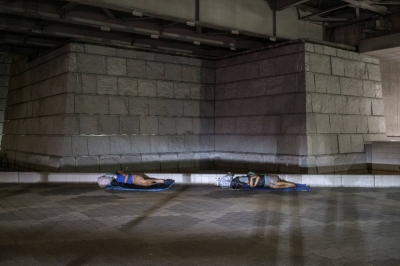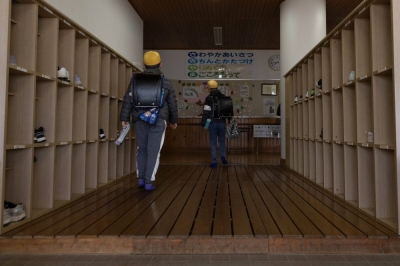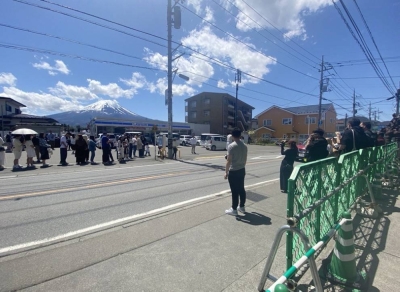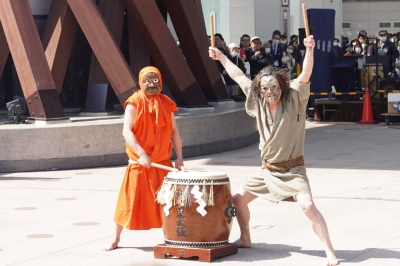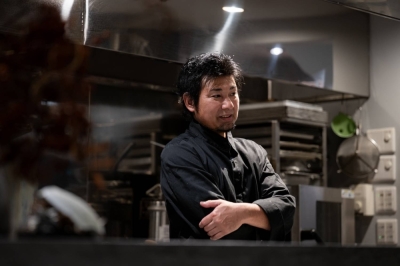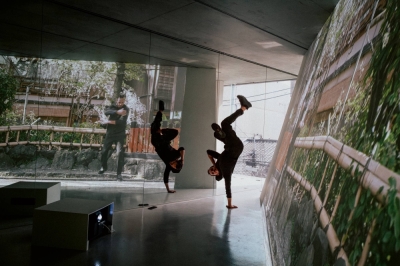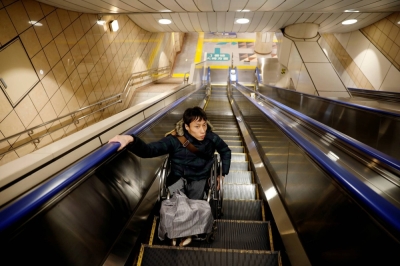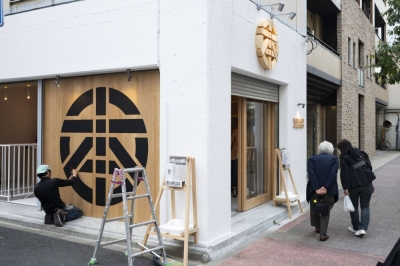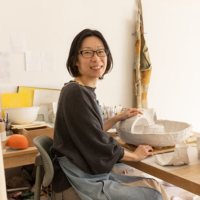THEN AND NOW
Feb 6, 2004
Dec 5, 2003
Nov 7, 2003
Sep 18, 2003
Aug 21, 2003
Jul 17, 2003
Jun 19, 2003
May 15, 2003
Apr 17, 2003
Mar 20, 2003
Feb 20, 2003
Jan 16, 2003
Dec 19, 2002
Nov 21, 2002
Oct 17, 2002
Sep 19, 2002
Aug 15, 2002
Jul 18, 2002





















